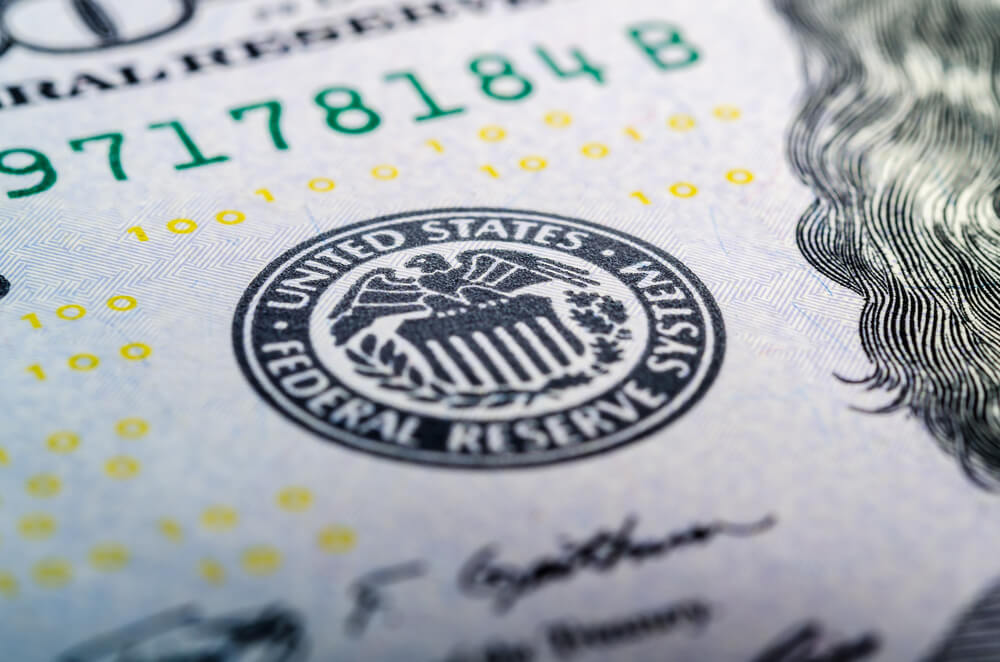In July, a quarter-point Federal Reserve interest rate cut is almost a done deal.
It was according to economists in a news report, who anticipate another rate cut later in the year amid rising economic risks from the ongoing U.S.-China trade war.
Prospects in the July 16-24 poll for the first rate cut in more than a decade have firmed this month.
This was after several Fed members have strongly implied policy easing is coming soon, pushing U.S. stocks to new record highs.
While that lines up, in recent months, most major central banks have turned dovish at the latest poll economist showed.
Financial markets are included in settling on a 25-basis point cut in the federal funds rate to 2.00-2.25% rather than a half-point decrease.
Over 95% of 111 economists have predicted a 25-basis point cut at the July 30-31 meeting. Only two economists surveyed an expected a 50-basis point decrease and a further two said the Fed would hold stable.
A senior U.S. economist at Capital Economics, Andrew Hunter said, “The biggest reason for the Fed to cut rates is because it has been priced into the markets for a while now.”
He also stated, “If they didn’t follow through and cut, it would cause a bit of a shock.”
In addition, he said, “I think the recent general message from the Fed seems to be that it’s more about downside risks to growth rather than the economy being already weak.”
Some forward-looking indicators on the activity in the U.S. economy have curved in.
The unemployment rate is on its lowest in 50 years and Wall Street is at a record high.
It is not normal in the environment for a change in the interest rate cycle.
Predictions of Maintaining Policies
Fed rate outlooks have taken a U-turn this year. It is going to be holding a pattern earlier in the year from a firm tightening path, likely beforehand to a series of cuts.
Indeed, just a month ago, the U.S. central bank was still predicting in keeping policy on hold for now and for the easing next year.
But since then, concerns regarding the impact from the trade war are already slowing growth. Weak inflation pressure also has gotten policymakers gradually concerned.
An economist at Goldman Sachs, noted, “Our reasoning for policy easing – slowing growth against a backdrop of subdued inflation and elevated uncertainty is consistent with the Fed’s reasoning for insurance cuts.”
He also indicated, “By contrast, market-implied odds are consistent with a turn in the cycle, which we do not foresee in the near-term.”
The U.S. economy likely lost momentum last quarter. Now it is forecasting to expand at an annualized pace of 1.8%.
But in the April-June period it was down from 3.1% as reported on the first quarter according to the surveys. Growth is anticipated to soar around that rate in each quarter through to end-2020.
Last month, more than 75% of common contributors from either reduced their growth prospects or kept it unchanged.
The latest consensus points to another rate cut in the final quarter and nearly 40% of respondents predicted a follow-up cut was possible to come as early as September.
This year, in July, September, and December, interest rate futures are pricing in three rate cuts.
















